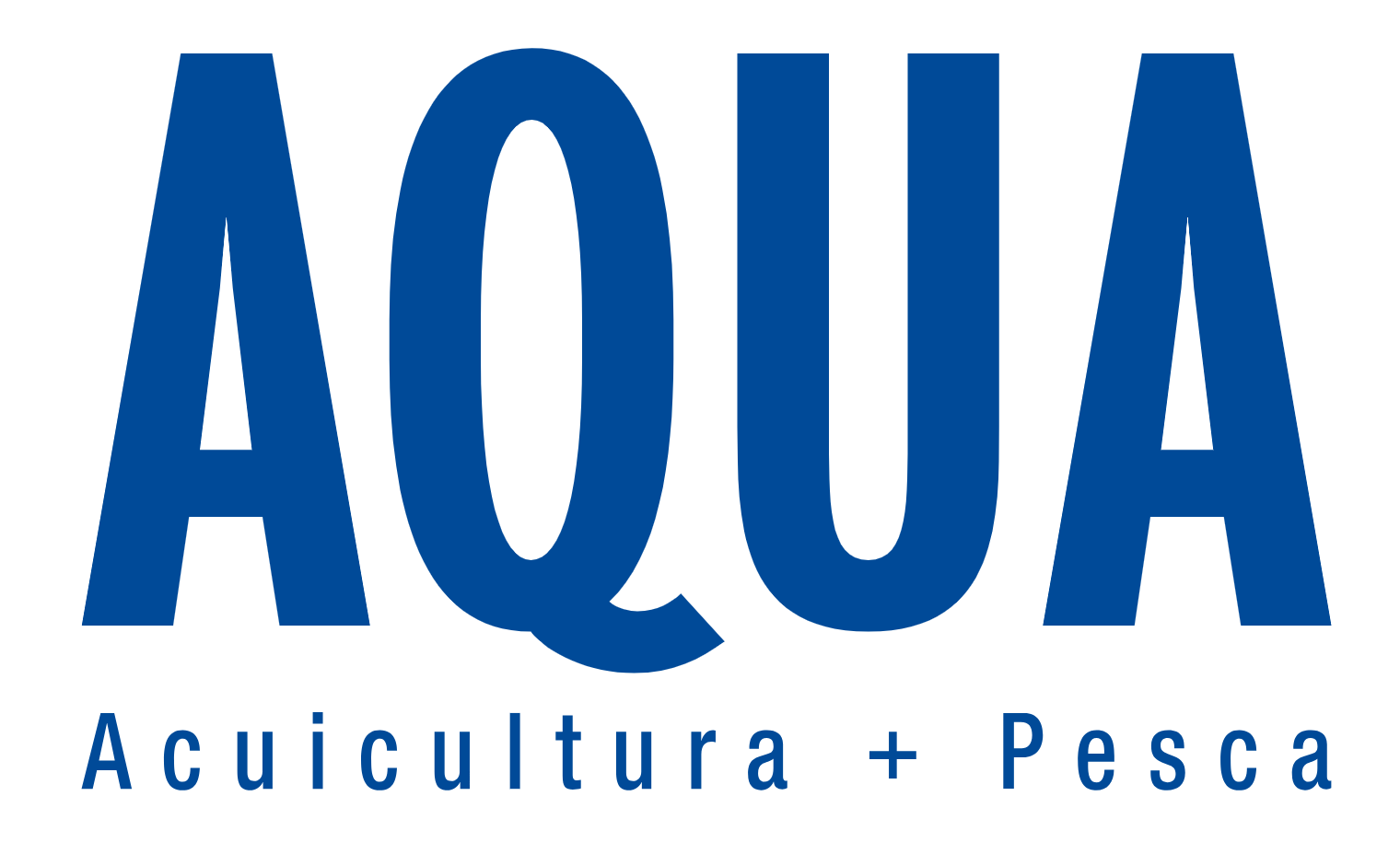ENGLISH (EN)
Marks & Spencer (M&S) has launched an interactive map that shows customers and stakeholders where every type of fish or seafood it sells is either caught or farmed.
corporate.marksandspencer.com/seafoodmap is the first website of its kind from any major UK retailer and includes information on the capture or farming method and sustainability information for every fishery or farm.
A total of 47 different species (every type M&S sells, including fish or shellfish used as an ingredient in products like sandwiches, salads and prepared meals) are plotted on the map as well as 71 fisheries and 29 different sourcing countries.
For the UK, the map shows that M&S suppliers fish for 16 species in UK waters including Herring, Monkfish, Plaice, Lemon Sole, Haddock, Brill, Hake and Mackerel. Four different fish are farmed in the UK: Rainbow Trout, Salmon, Blue Mussels and Rock Oysters.
Hannah Macintyre, M&S’ Marine Biologist, said: “We know how much our customers care about responsible fishing. We wanted to share with them all the data we have on where our fish comes from and how it is caught. Transparency is an important part of the trust that our customers and stakeholders put in us, that’s why we’ve published this smart tool which lays bare our whole fish supply chain, wherever it is in the world and however it is fished or farmed.”
Clarus Chu, WWF’s Seafood Manager, said: “All businesses need to take a responsible approach to seafood sourcing if we’re to protect and restore our precious oceans. It’s a great step for M&S to be increasing transparency in this way and showing how the fisheries they source from are improving.”
For wild caught fish, the map shows the location of where the fish or seafood is caught by country, the catch method used and whether the fishery is certified or, if not, details of the improvement work taking place.
For farmed fish, the map shows the location of the farm by country and region, the farming method, M&S Select Farm status and whether the farm is third party certified.
It is part of the M&S Interactive Supply Chain Map – https://interactivemap.marksandspencer.com/ – which also lists the locations of all M&S supplier factories, the farmers that produce M&S beef, M&S dairy farmers and details of where the wool comes from that makes M&S products.
All the wild fish M&S sells is either certified sustainable (86% to a GSSI recognised standard), engaged in a FIP (Fishery Improvement Projects) or working with WWF for improvement. M&S also works with WWF to risk assess its sourcing choices.
M&S was the first UK retailer to sign the WWF Seafood Charter in 2010 and has worked with WWF on sustainable seafood ever since. M&S is also a signatory to and supporter of the Sustainable Seafood Coalition Responsible Sourcing Codes, the Global Ghost Gear Initiative, International Pole and Line Foundation, Fisheries Innovation Scotland, the Global Sustainable Seafood Initiative and the Seafish Responsible Fishing Scheme.
ESPAÑOL (ES)
Marks & Spencer (M&S) lanzó recientemente un mapa interactivo que muestra a los clientes y partes interesadas dónde se captura o cultiva cada tipo de alimento del mar que vende.
corporate.marksandspencer.com/seafoodmap es el primer sitio web de este tipo entre los grandes retailers del Reino Unido e incluye información sobre el método de captura o rubro acuícola, además de la información de sustentabilidad para cada pesquería o instalaciones de cultivo.
Un total de 47 especies (todos los tipos de venta de M&S, incluidos los pescados o mariscos utilizados como ingredientes en productos como sándwiches, ensaladas y comidas preparadas) se representan en el mapa, así como 71 pesquerías y 29 países diferentes de abastecimiento.
Para el Reino Unido, el mapa muestra que los proveedores de M&S pescan 16 especies en aguas de la nación, incluidas el arenque, rape, platija, lemon sole, abadejo, brill, merluza y caballa. A su vez, en el Reino Unido se cultivan cuatro peces diferentes: trucha arcoíris, salmón, mejillones azules y ostras de roca.
Hannah Macintyre, bióloga marina de M&S, afirmó que saben cuánto se preocupan los clientes por la pesca responsable: «queríamos compartir con ellos toda la información que tenemos sobre de dónde provienen los productos del mar y cómo se capturan o producen. Es que la transparencia es una parte importante de la confianza que nuestros clientes y partes interesadas depositan en nosotros. Es por esto que hemos publicado esta herramienta inteligente que desvela toda nuestra cadena de suministro, donde sea que esté en el mundo».
Por su parte, el gerente de productos del mar del Fondo Mundial para la Naturaleza (WWF, por su sigla en inglés), Clarus Chu, enfatizó que todas las empresas deben adoptar un enfoque responsable en el abastecimiento si lo que se quiere es proteger los océanos. En esta línea, dijo que «es un gran paso para M&S aumentar la transparencia de esta manera y mostrar cómo están mejorando las pesquerías de las que proceden».
Para los peces capturados en la naturaleza, el mapa muestra la ubicación del lugar donde se captura el pescado o el marisco, el método de captura utilizado y si la pesquería está certificada o, si no, los detalles del trabajo de mejora que se está realizando.
Para los peces cultivados, en tanto, el mapa muestra la ubicación de las instalaciones por país y región, el método de cultivo, el «Estado de Granja Seleccionada de M&S» y si el centro está certificado por un tercero.
Esta plataforma es parte del Mapa Interactivo de la Cadena de Suministro de M&S (https://interactivemap.marksandspencer.com/), que también enumera las ubicaciones de todas las fábricas proveedoras de M&S, los agricultores, los productores de leche, los detalles de dónde vienen los insumos para el vestuario, entre otros.

